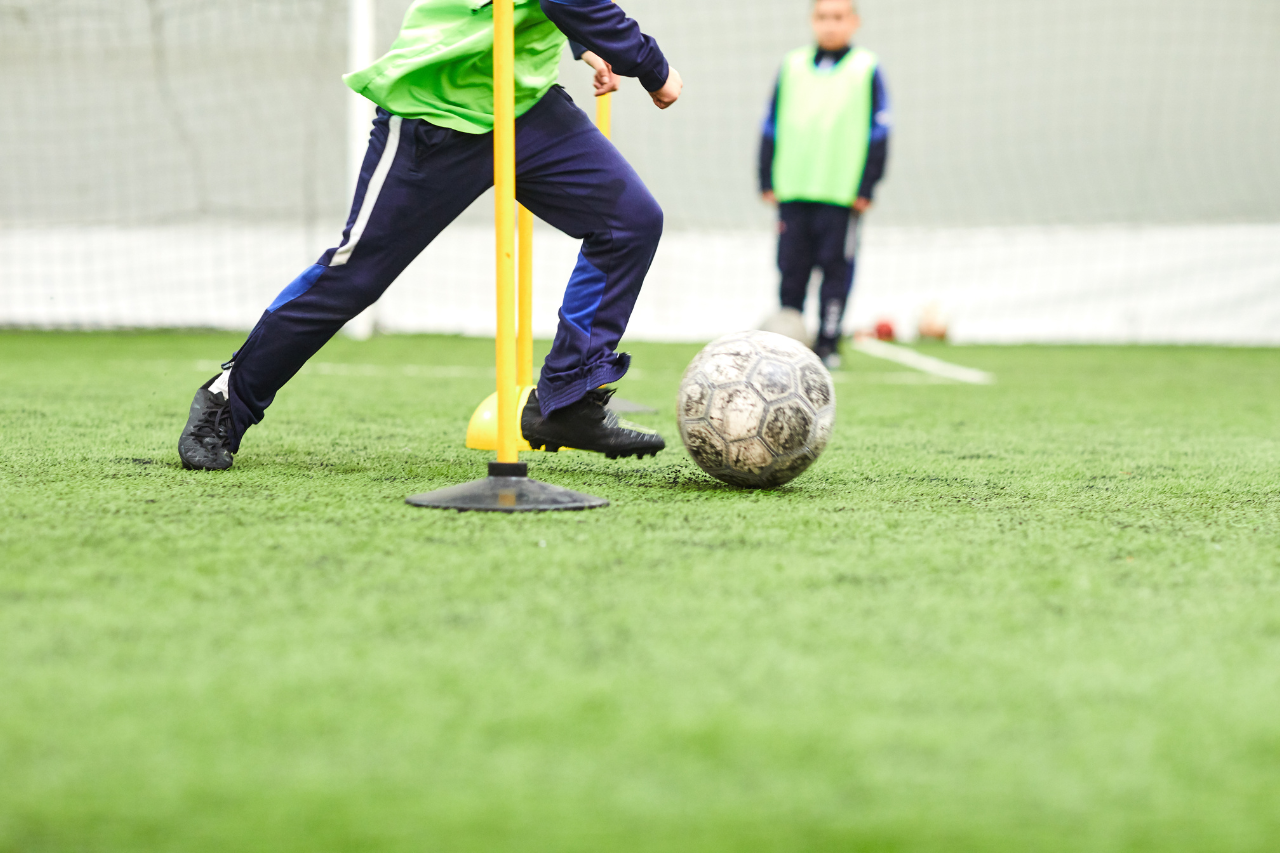Running an indoor soccer facility isn’t just about providing a space for players to enjoy their favorite sport or maintaining a source of income. It’s also about ensuring profitability to sustain operations and drive growth. In this guide, we’ll explore the vital factors shaping indoor soccer facility profitability and offer practical strategies for revenue enhancement.
But before diving into the specifics, let’s first understand why profitability is crucial for indoor soccer facilities. Profitability is the lifeblood of any business, empowering business owners to reinvest in upgrades, gear, and promotional activities. Furthermore, profitable facilities can lure in top talent, provide enticing wages, and deliver standout experiences for both players and spectators.
Now let’s get into the details of what to focus on as a profitability-minded facility manager for an indoor soccer facility business.
Factors Influencing Profitability
In the quest for profitability, there are many factors that influence the bottom line for an indoor soccer facility. From efficient facility management to strategic revenue diversification, understanding these key factors is essential for optimizing revenue generation and ensuring long-term success in the competitive indoor sports industry.
Facility Management
Effective sports facility management is at the core of profitability. From scheduling and maintenance to customer service, every aspect contributes to the overall experience. A well-managed facility not only attracts more customers but also encourages repeat visits and positive word-of-mouth referrals.
But what does it mean to manage an indoor soccer facility well?
Effective facility management for an indoor soccer facility entails meticulous attention to detail in various aspects of operations. This includes maintaining a clean and well-organized environment, ensuring that all equipment is in optimal condition, and providing exceptional customer service to players and visitors. A well-managed facility implements efficient scheduling systems to maximize space utilization, offers convenient booking options for customers, and promptly addresses any maintenance issues to minimize disruptions.
Additionally, effective communication with staff and customers fosters a positive atmosphere and encourages repeat business. Overall, successful facility management is about creating a welcoming and professional environment that prioritizes customer satisfaction and a high level of operational efficiency.
Efficient Space Utilization
Maximizing the use of available space is essential for boosting profitability. Implementing efficient scheduling systems ensures that every hour of operation is utilized effectively, minimizing downtime and maximizing revenue potential.
Additionally, optimizing space layout and configuration can accommodate multiple activities simultaneously, catering to a diverse range of customers. This flexibility not only increases revenue streams but also enhances the overall customer experience, encouraging repeat business and positive word-of-mouth referrals.
Maintenance and Cleanliness
A clean and well-maintained facility not only enhances the customer experience but also extends the lifespan of equipment and facilities. Regular maintenance prevents costly repairs and fosters a safe and hygienic environment, which is essential for customer satisfaction and retention. Make sure it’s part of your business plan.
Membership and Booking Systems
Implementing a streamlined membership and booking system simplifies the process for customers and improves operational efficiency. Integrated software solutions, such as EZFacility, streamline administrative tasks and enhance the overall customer experience.
Learn more about EZFacility! Schedule a demo today.
Events and Tournaments
Hosting events and tournaments can be a lucrative revenue stream for indoor soccer facilities. Whether it’s corporate tournaments, youth leagues, or community events, these activities attract participants and spectators, driving revenue through registration fees, ticket sales, and concession purchases.
Before hosting, make sure you’re prepared to track teams, leagues, and players. An organized indoor soccer facility is a profitable facility!
Discover how EZLeagues can help your business manage leagues and teams.
Merchandising and Concessions
Diversifying revenue streams through merchandising and concessions can significantly boost profitability. Offering branded merchandise, refreshments, and snacks not only adds value to the customer experience but also generates additional revenue with high profit margins.
When venturing into merchandising and concessions, it’s crucial to consider factors such as sourcing reliable suppliers, managing inventory effectively, and complying with health and safety regulations. Additionally, pricing strategies should be carefully calibrated to maximize profitability while remaining competitive in the market.
Diversifying Revenue Streams
Relying solely on field rentals may limit revenue potential. Diversifying revenue streams by offering additional services such as coaching clinics, fitness classes, or birthday party packages can help increase revenue and attract a broader customer base.
When considering additional revenue streams for an indoor soccer facility, it’s essential to assess the needs and interests of your target audience. Conduct market research to identify potential opportunities and gauge demand for various services. Consider factors such as location, demographics, and local competition to determine which offerings are likely to resonate with your customer base. Evaluate the resources and capabilities of your facility to ensure that you can deliver high-quality services effectively.
Look for opportunities to increase revenue by leveraging existing assets, such as unused space or specialized equipment, to minimize investment costs. Finally, prioritize revenue streams that align with your facility’s brand and mission, ensuring that they complement your core offerings and enhance the overall customer experience. By taking a strategic approach to diversification, you can identify lucrative opportunities that drive revenue growth while meeting the needs of your customers.
Conclusion
Optimizing profitability is essential for the long-term success of indoor soccer facilities. By focusing on effective facility management, efficient space utilization, maintenance and cleanliness, membership and booking systems, events and tournaments, merchandising and concessions, and diversifying revenue streams, facility owners can create a sustainable business model that thrives in the competitive sports industry.
Implementing these strategies, coupled with the right technology and resources, can unlock new opportunities for growth and profitability. With careful planning and execution, indoor soccer facilities can achieve their financial goals while providing a memorable experience for players and visitors alike. Remember, continuous monitoring and adaptation are crucial. Staying agile and responsive to market trends ensures ongoing relevance and success in the dynamic sports landscape.




